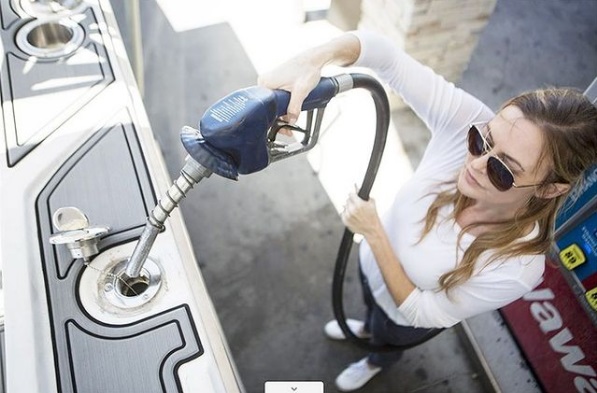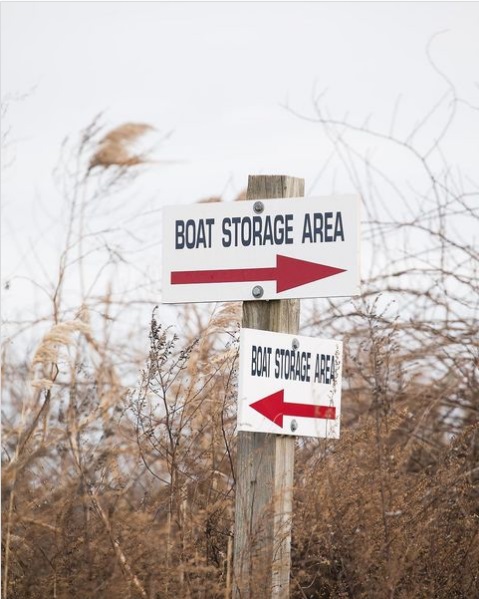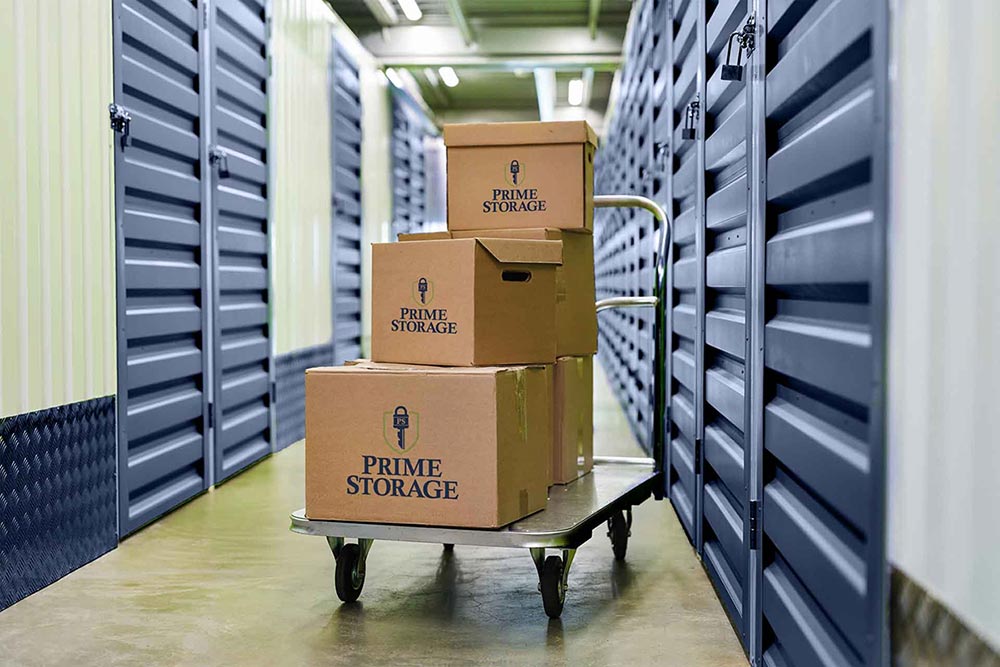
With the change of the seasons, it’s time to start preparing to store your summer gear. Boat storage can be particularly challenging due to the amount of maintenance and space needed. Here are some tips to properly winterize and store your boat, so it’s ready to use again the following summer.
Clean Your Boat
Before storing your boat for winter, give it a thorough cleaning and inspection. Removing dirt and grime from both the interior and exterior helps reduce wear and tear. Using a mild soap solution, clean from the front to the back of the boat including all the nooks in between and then rinse. Be sure to wipe everything down ensuring it is dry to prevent mold and mildew buildup. Keep an eye out for damage, corrosion, or fuel or oil leaks as you go. It’s important to catch and address any issues ahead of time so they don’t escalate.

Replenish Fluids
Top off on fuel and oil to prevent any moisture or air from settling inside your boat’s fuel tank. Moisture is one of the biggest concerns that comes from winter boat storage. Using an antifreeze and fuel stabilizer as part of your boat storage prep will help to mitigate some of these issues. Antifreeze also comes in handy if your boat uses any sort of plumbing system.
Battery Maintenance
Batteries can be damaged by extreme heat or cold, so it’s imperative to remove the battery and change the oil and filters before storing your boat for winter. There are slightly different steps to take depending on whether the motor is inboard or outboard. It is essential to change the lower unit oil in an outboard motor due to the risk of water damage. When taking your battery out, check for any corrosion, cable damage, or frayed wires that could cause problems when you go to restart your boat next season. It is also recommended that you keep the battery charged through the off-season, which can be done using a trickle charger.

Cover Your Boat
Using a boat cover or slip helps protect your boat from precipitation, debris, and other potentially damaging elemental factors if using an outdoor storage space. Make sure you use a high-quality storage cover that is designed specifically to resist water, UV damage, and weather. Canvas covers are sturdier and have a much longer lifespan than plastic covers. If you use indoor boat storage, a cover is still recommended as it can help prevent dust from accumulating inside.

Store Your Boat
Now that your boat is cleaned, repaired, and covered, it’s time to decide on a storage location. Outdoor storage offers the most space, but leaves your boat most susceptible to the elements, while covered storage offers a little more protection. Additionally, placing your boat on an elevated storage rack or trailer when stored outdoors will prevent moisture from seeping in from the ground. Indoor storage offers the best protection, but it can be tricky finding a space that fits your needs. Prime Storage has facilities in many locations that offer indoor, outdoor, and covered boat storage so you can keep your garage, driveway, or yard space free. To read a more in-depth list of boat storage tips, check out this post by Freedom Boat Club.



